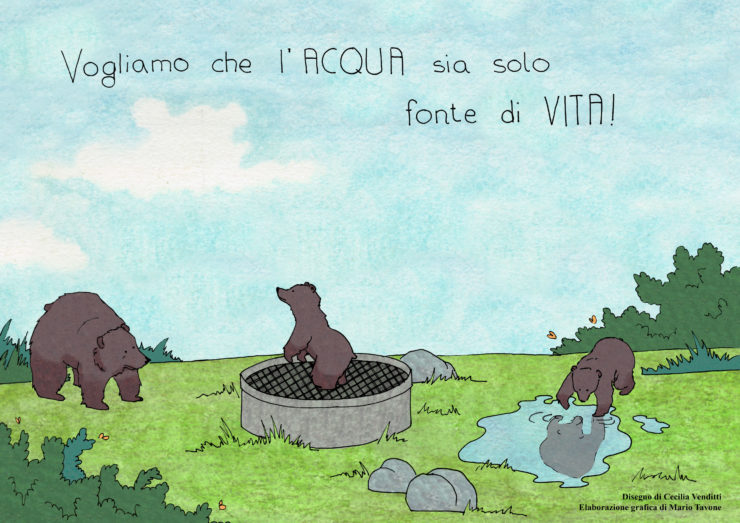[vc_row][vc_column][vc_column_text]
Following the death of a female bear and her two cubs in a water-collection pit in the locality “Le Fossette” of Villavallelonga and similar incidents that previously occurred, Salviamo l’Orso and Rewilding Apennines have decided to launch a subscription to secure wells and pits that can pose a threat to the safety of wildlife and people. This is a very onerous objective that requires everyone’s commitment. If you want to help us, please report potential danger situations that you are aware of and / or make a donation to this link:
http://www.salviamolorso.it/en/projects/make-a-donation
We will keep you updated through this website and our Facebook page.
Thank you!


